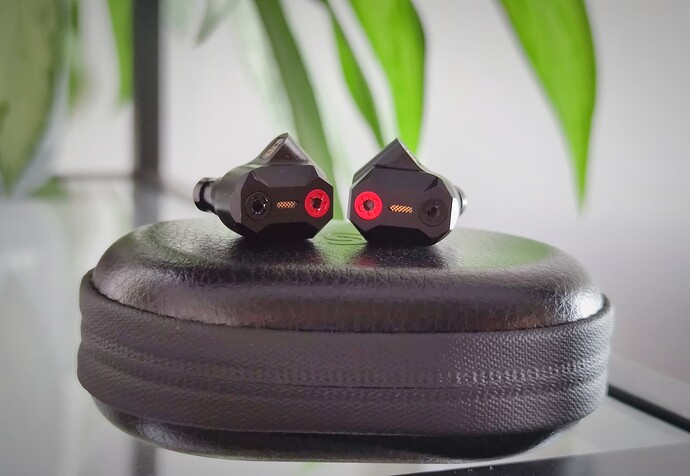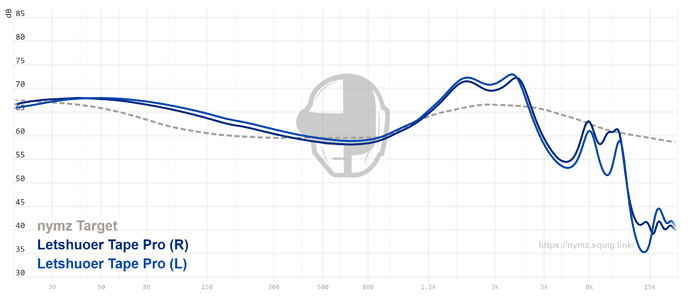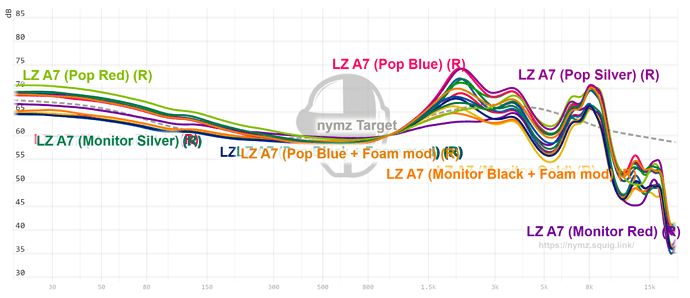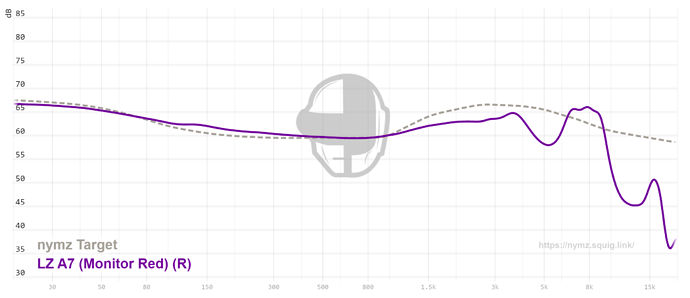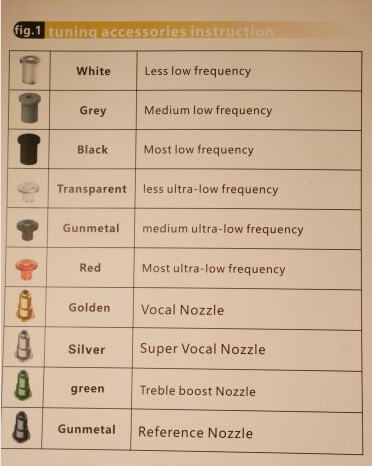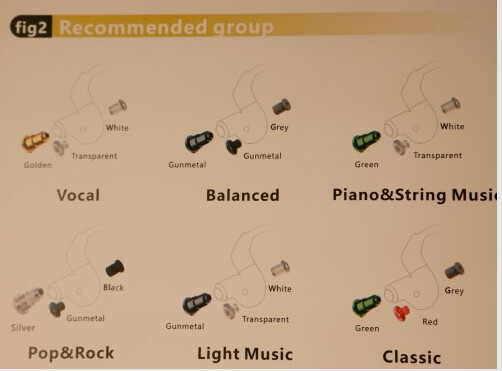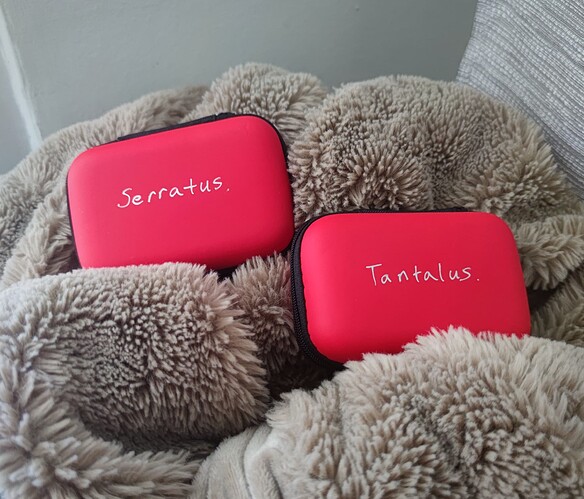LZ A7 impressions
Driver Setup: 1DD + 4BA + 2Piezo
Price: $330
Comfort, fit and isolation: Great fit and isolation, comfort is average to above average.
Source used: Topping E30 + L30 stack
Tips used: BGVP W01
Test playlist with some of the songs used: Tidal
Jack of all trades
Released in 2020, the LZ A7 (A7) brings something to the table that most can’t: 10 different tunings in a single IEM. This was achieved by using a combination of 5 different nozzles but also a tuning switch per side (Pop vs Monitor).
Despite the fact of being underwhelming, these multiple combinations are a newcomers’ treat, to find their prefered sound tuning, or a moder’s even on fiddling with all these bores and vents, making it surely one of the best value deals in the game.
Due to time constraints and simplicity, I found the tuning that appealed to me the most, Monitor Red, and that’s what I will be covering in this short but final take.
Tonality
After reviewing the Sony N3, a bird told me that I had to try the A7, since it was the closest mid-ranger to Sony’s in-house sound but with a cleaner bass. And he might be just right.
The overall sound of the LZ A7 is warm and smooth, even on monitor mode. Starting in the bass, this is the best trait of the LZ A7. It is neither ultra fast or slow, tight or loose, just a well done middle-ground compromise without leaving safety behind. The sub-bass rumble is on the average side (Why So Serious? around 3:26m) but I really enjoy the tactile sense of the mid-bass, pushing some air out as kickdrums chime in. The overall articulation of the driver surprised me for its price during Gesalffeinstein - OPR.
The bass glides softly into the mid-range without any major bleed but leaving a good sense of weight. Again, there’s not much to fault here tuning wise, as it’s clean and safe. The female vocals have the sweet weight I really appreciate, reminiscent of the Sony N3 or even the queen RSV, but just lacking the last leg of bite.
The treble is where I shrugg a little bit and where N3 distanciates itself in my opinion. While listening to Playing God by Polyphia, I could not fully enjoy the guitar and cymbals decay, as it felt way too fast and somewhat too audible, which I think it’s related to a 8k peak followed by a dip, which I usually can’t palate very well.
We already touched decay so might as well talk about the rest of the technical aspects and this is where the N3 deja vu comes back to me, but worse. They are nothing to ride home about: the stage is inside your head, the imaging is average, the resolving power is low for the price and the dynamics fall once again into the average side of the scale. I faulted N3 technical performance other than timbre and coherency, but those are two aspects I find lukewarm on the A7.
The verdict
Most of the time, being a jack of all trades also means being master of none, and to me that’s no exception for the LZ A7. Don’t get me wrong, it’s a very solid pick but to me, the purpose is to play around and find yourself with all the available tunings. Placed in a price bracket where Teas and Blessings exist and above offers like the Etymotics and the Olina, the LZ A7 still stands after the test of time, but it’s quickly getting surpassed in most aspects other than versatility.
Despite not mastering much, it’s hard to really fault the LZ A7 after all as it does nothing really wrong and can even turn into a really safe pick.
Given all the above and that it is usually on sale for values close to $200, it’s my pleasure to give a high recommendation to the LZ A7 if you are a newcomer or even a veteran that just wanna explore new tunings.
Value ranking: 5/5. Personal rank: B-.
Thanks for reading!
